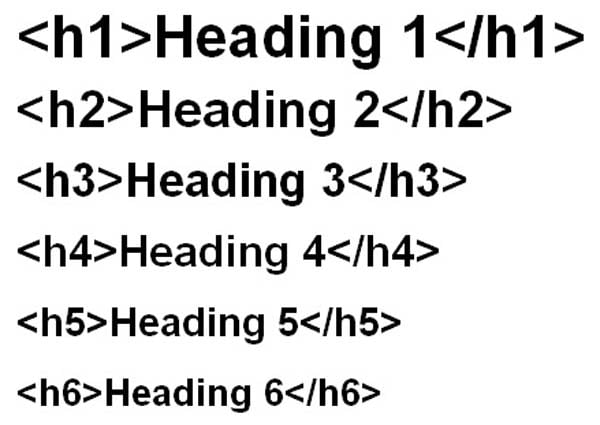
The Small Shift That Drove a 620% Increase in This Company’s Conversions
October 5, 2025
Sales Communication in the 21st Century: 5 Tips to Strengthen Your Closing Skills
October 5, 2025
Most of us who have been doing content marketing for any length of time understand that to receive any amount of search engine traffic there are some basic search engine optimization (SEO) rules that need to be followed to be successful. Today, I like to touch on header tags.
Header tags are one tip used to pinpoint important information in your web page or blog post. The header tag should be placed in your page or blog post where the most important information starts. The HTML for this header would have a h1 enclosed in < > placed before a key phrase and enclosed with a /h1 in < > after it. Example:
<h1>This is a header tag example.</h1>
You can also use varying levels of header tags throughout your post, changing the number from 1-5, like using <h2>…</h2> to single out an important paragraph in an article but more often used for sub-headlines. In a decreasing manner, h1 tags carry the most SEO weightage, h2 tags carry lesser, then comes h3 tags and so on. However, it is wrong thinking that we can start stuffing keywords in header tags.
The latest Google algorithm updates have come a long way from measuring search ranking success in a purely mathematical manner to evaluating the overall authoritative degree and x-factor of a website, and that is why keyword research and optimization has to take a “less hack-and-slash, more intelligent” approach that does not raise any red flags upon detection and review.
Therefore, the best way to use h1 tags is to think along the line of what your potential website visitors would type in the Google search box in order to reach your content page, and frame that likely keyword-filled question within the h1 tags. In this way, the text in header tags gives readers a clear idea what the whole web page is about, thereby enriching their user experience on your website.
Not only do header tags improve readability of your content by introducing sub-headlines as “visual breaks” for quick scanning and referencing, they can also improve the search ranking of the web page or blog post. They have not lost their importance in SEO; it’s that their importance takes on a whole new meaning.
{{cta(‘d54cc04e-3cdc-4b79-845c-bc391be70411’)}}


